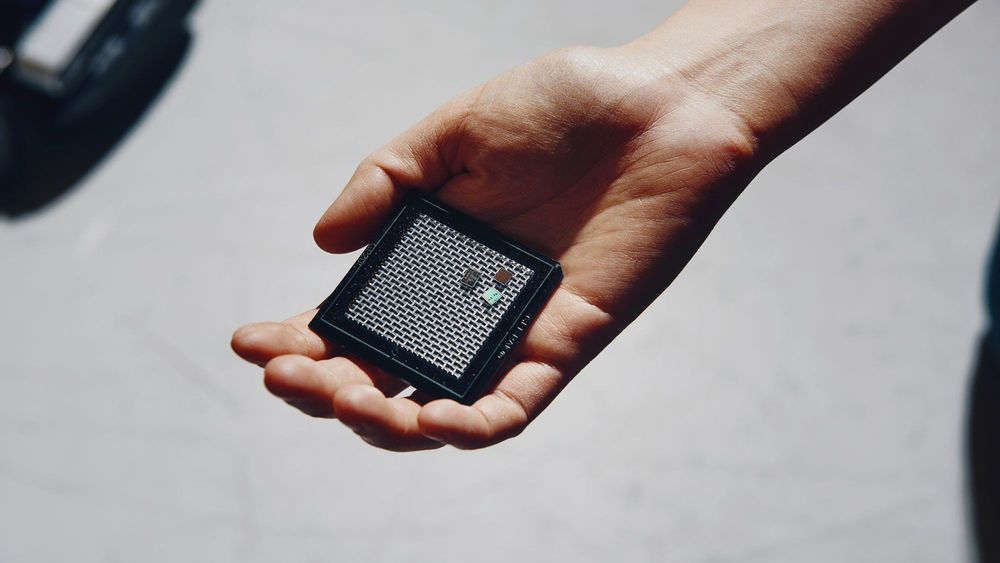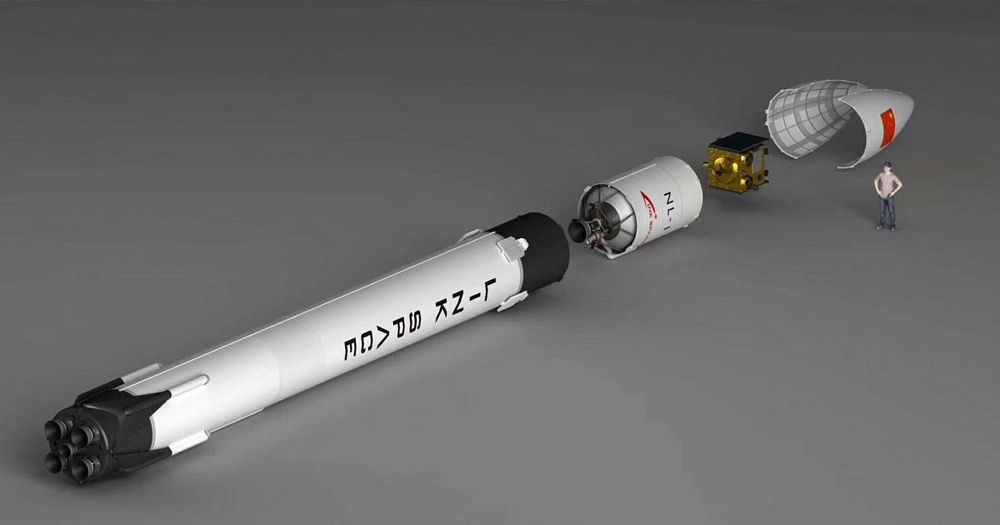Well, this lead was impressive, coming from a tech watcher who if you read his articles regularly know that he does not swoon easily. Andrew Liszewski, Gizmodo. “After covering CES for 10 years, nothing I’ve seen at the show has me as excited about the future as Ossia’s wireless charging technology.”
Ossia has worked on something they call the Cota Forever Battery. We need little explanation to turn heads to fuller attention. They have worked on a battery powered wirelessly. The Forever Battery and its associated technology, dubbed Cota, created much interest at CES.
It’s all about a battery that may never need replacing.








